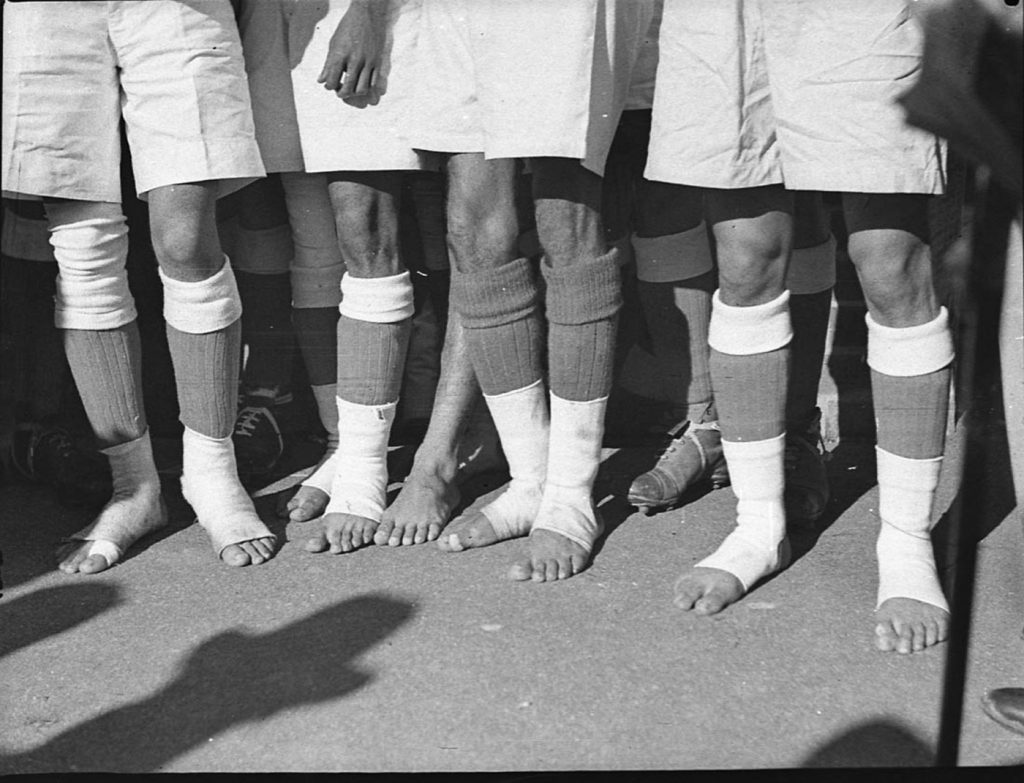If the future of Indian football lies on the feet of the prodigies, then the prodigies are dreaming of roaming on foreign turf, not in their homeland. The inherent problems over the past four decades have dragged a nation from 149 to 209 on FIFA’s rankings, prompting FIFA President Sepp Blatter to call Indian football a sleeping giant in 2013.
However, AIFF has just appointed Dutch expert Robert Baan as their first technical director, a glimmer of the ability to awaken football potential in the country of 1.2 billion people. Will 2020, is this giant awake or not?
World Cup goals
It will take more than 10 years for Indian players to reach the level of Japan and South Korea. AIFF has opened football academies across the country, free for students, to teach culture along with football training. AIFF’s first institute opened in Navi, Mumbai in May 2012, the second academy in September 2012, a student in Goa and a fourth school in Bangalore in 2013.
Sunando Dhar, CEO of AIFF’s I-League, hopes it is the first positive step that Indian football and AIFF have taken in the early 21st century. Until the 1970s, India India, despite its love for cricket, remains one of the strongest teams in Asia. The Indian national team was invited to FIFA to participate in the 1950 World Cup in Brazil (at that time there was no qualifying). However, India was unable to go to Brazil. According to football historian Gautam Roy, the train trip was too expensive and the players could not meet the mandatory requirement of wearing shoes to play football, as they used to play only barefoot.

Despite high hopes, Dhar knew he needed to be cautious because India lacked a passion for sport and was not really a country of sport. Indeed, India has seldom made an impression in the Olympics and the most popular mass sport in general is still cricket. But Indian national football team captain Sunil Chhetri said that it was hard because the hard work was worth doing.